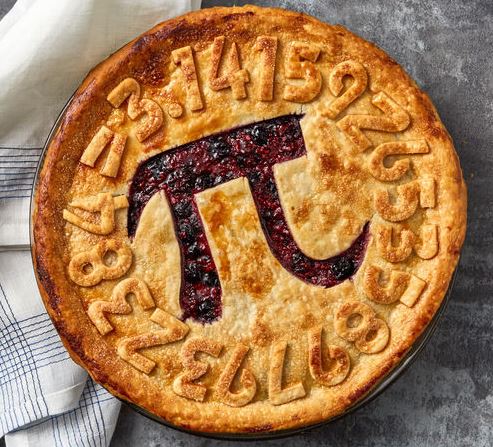What is Pi?
What is Pi?

Pi (π) is a mathematical constant that represents the ratio of the circumference of a circle to its diameter. It is a non-repeating, non-terminating decimal, which means that its decimal representation goes on infinitely without repeating any pattern. The value of pi is approximately 3.14159265358979323846..., but it has been calculated to trillions of digits using computer algorithms. Pi is an important constant in mathematics, physics, engineering, and many other fields, and its precise value has practical applications in a variety of scientific and technical contexts.
What is the history of Pi?
The history of pi is a long and complex one, dating back thousands of years to ancient civilizations such as the Babylonians, Egyptians, and Greeks. These early civilizations realized that there was a relationship between the circumference of a circle and its diameter, and they developed various methods for approximating this relationship.
The first recorded calculation of pi was done by the ancient Egyptian scribe Ahmes around 1650 BCE, who approximated pi as 3.16. Later, in the 5th century BCE, the Greek mathematician Hippocrates of Chios approximated pi as 3.125, while the Greek mathematician Archimedes used a method of inscribed and circumscribed polygons to estimate pi more accurately as 3.1418.
The symbol for pi (π) was first used by the Welsh mathematician William Jones in 1706, and was later popularized by the Swiss mathematician Leonhard Euler in the 18th century.
In the 19th and 20th centuries, mathematicians continued to make advances in the calculation and understanding of pi. The French mathematician Adrien-Marie Legendre developed a formula for calculating pi using an infinite series in 1794, while the Indian mathematician Srinivasa Ramanujan discovered many new and interesting properties of pi in the early 20th century.
Today, pi is still the subject of much research and fascination among mathematicians and scientists. It is an irrational number, meaning that its decimal expansion never repeats and never ends, and it has been calculated to trillions of digits using powerful computers. Pi is used in a wide range of fields, from mathematics and physics to engineering and computer science, and continues to be a source of fascination and inspiration for people all over the world.